Hawaii? Fine, Thank You!
Explore the nooks and crannies of the Big Island and you’ll find gas stations and more.
Some of the SSCS creative staff just returned from Hawaii, enjoying some meaningful downtime. Even so, gas stations and convenience stores were never too far from their collective mind—thought patterns hard to shake even when one is enduring an insane off road experience for the privilege of descending the “bowl” on foot that leads to Papakolea, one of only four green sand beaches in the world (it’s in the photo leading off the blog).
The big island of Hawaii is by far the largest of the islands, a sprawling quilt with distinctly different environments sewn together to create a unique whole. Of course you’ll find elegant beach resorts and world-class golf courses, but you’ll also find funky downtown authenticity, live and dead volcanoes, sprawling grasslands dotted with grazing livestock, and rain forests.
With about 200,000 people spread out along the dry Western touristy side known collectively as the Kona Coast and another 50,000 or so clustered on the tropical eastern side around the island’s only “real” city, Hilo, there’s enough of a population base to support clusters of commercial development.
Retail petroleum is part of the mix, of course. You’ll find plenty of clean, gleaming, modern gas stations all across the Island, some with mainland names you recognize, others that flash brands indigenous to the islands like Aloha, Hele, and Ohana. These latter sites are branded with prominent green and blue accents, all the better to align with the natural colors that surround them. These are great stations, but a bit generic in approach. What you see on their respective websites is about what you can expect in person. We felt there wasn’t much we could add photographically.
What we found along roads less traveled was more interesting, including the route that brought us to the tiny town of Hawi located as far north as you can go, on the edge of the kind of the sprawling ranch land you’d expect to find in the Great Plains of the mainland. While the others in our group were browsing the “Real Hawaiian Art!” shops, we managed to snap the local Ohana station and its convenience store, Minit Stop. We loved it for its “lived in” look.
Another gas station, one at which we actually fueled up, was in the tiny town of Volcano, the gateway to Hawaii Volcanoes National Park. Though the town is only 20 or so miles from Hilo, it gives the impression of being more profoundly isolated. Being at an elevation of 4,000 feet (it gets a little chilly in the mornings) is part of that, and as you approach the hamlet with the road rising from the tropical floor, the greenery closes in on you, cutting you off, or so it seems, from the rest of the island.
Options for food and gas are limited in Volcano, which means things can get pretty expensive. Still, we couldn’t help but find the small three- or four-block commercial strip lining the side Old Volcano Road (which looks like it runs through mountain foothill country) somewhat charming, even if the $4.45 per gallon price tag for fuel was a bit hard to digest. The station didn’t have a franchise convenience store of any type, but it was next to a mom-and-pop general store with a limited inventory (as well as the Lava Rock Cafe which we must say had an excellent breakfast without a side of exorbitant prices).
 After our stay in Volcano, we journeyed to the southernmost part of the island. It was pretty low-key, too, sprinkled only with a few small towns and bereft of the more spectacular scenery you see both on the tropical side and on the Kona side with its dry volcanic vistas. (Rumor has it that a huge development was planned for the south, but never panned out.)
After our stay in Volcano, we journeyed to the southernmost part of the island. It was pretty low-key, too, sprinkled only with a few small towns and bereft of the more spectacular scenery you see both on the tropical side and on the Kona side with its dry volcanic vistas. (Rumor has it that a huge development was planned for the south, but never panned out.)
The south, from what we could see, is the part of the island where “real locals” live. In Pahala we ran across a defunct gas station that reminded us of bygone days when the industry was perhaps not so professional.
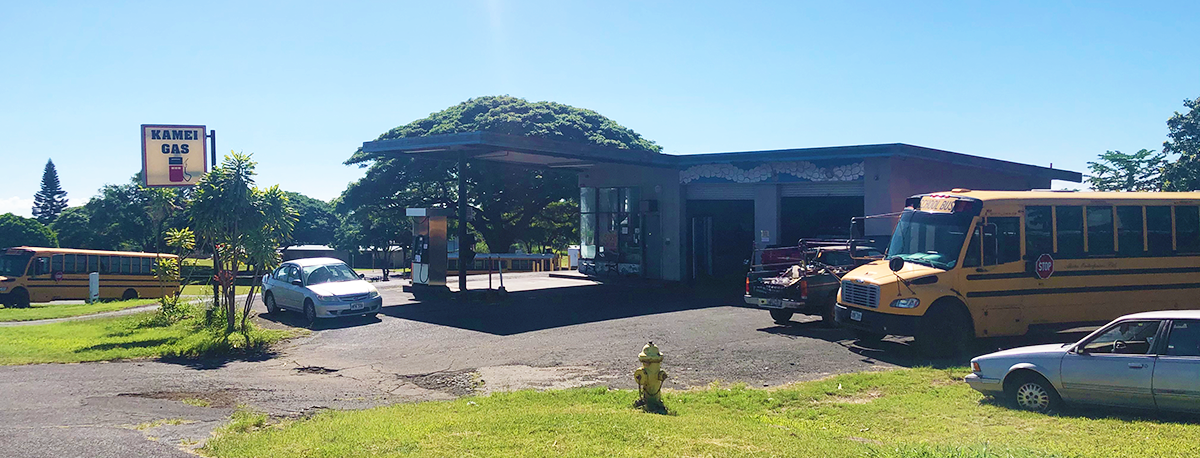 Go far enough south, and eventually you can go no further, meaning you begin the slow creep up the western dry western side of the island. We stayed in Captain Cook, a city that marks the transition from the south to the more touristy west as well as any (and it’s—duh!—where Captain Cook landed on the Island). Tired of high food prices, we were pleased to come across Big Rob’s Bakery where we had breakfast two days in a row. A pair of full (and we mean full) breakfasts for a total of $12 in Hawaii is nothing to sneeze at. And because he had a bunch of extra paper cups around, he let us drink all the coffee we wanted for free. Highly recommended!
Go far enough south, and eventually you can go no further, meaning you begin the slow creep up the western dry western side of the island. We stayed in Captain Cook, a city that marks the transition from the south to the more touristy west as well as any (and it’s—duh!—where Captain Cook landed on the Island). Tired of high food prices, we were pleased to come across Big Rob’s Bakery where we had breakfast two days in a row. A pair of full (and we mean full) breakfasts for a total of $12 in Hawaii is nothing to sneeze at. And because he had a bunch of extra paper cups around, he let us drink all the coffee we wanted for free. Highly recommended!
Big Rob’s was also compelling in that interesting locals hung out there, including a local landscaper feeding steak off his plate to his dog. There was also a musician named Tiger, who in addition to serenading us for breakfast, was full of stories about the last 50 years of the professional Hawaiian music scene:
The landscaper tried to convince us that we should move to Hawaii, and that the southern part of the island was a great place to buy because property was cheap. We guess that’s relatively speaking. He also told us when he first moved in he had to charge a man, baseball bat held high, who threatened to burn down his house. Such a deal!
We did appreciate the more remote aspect of this locality, though, and there’s no denying it had one or two charms, including this service station nestled in the main street of downtown Naalehu.
The 76 station was next door to what we perceived to be our best (only) option for breakfast. It was a bar—”the most southern bar in U.S.A.—but it was equipped to handle all the basic breakfast stuff and after dealing with crowds everywhere, even though it was “off season” we were happy to find out we were the only customers there except for a handful of locals that walked in to get take out burgers and the like. This was the kind of authentic Hawaii we preferred. The Portuguese sausage was the best we tasted the entire trip.
Our stay in Hawaii was far too short and afforded less of an opportunity to study the convenience store industry than we would have liked, but there were plenty of pleasures to be enjoyed, make no mistake about it. We’ll leave you with an iconic image of sunset on the Kona Coast.
* This headline is taken from a line in an Abbott and Costello movie called, “Pardon My Sarong.” Never could figure out how anyone, even someone as nerdy as Lou Costello, could confuse “Hawaii” with “How are ya?” But it was 1942…who knows?
By the way, if you think Abbott and Costello have nothing to do with the retail petroleum industry, well, you obviously haven’t seen this.

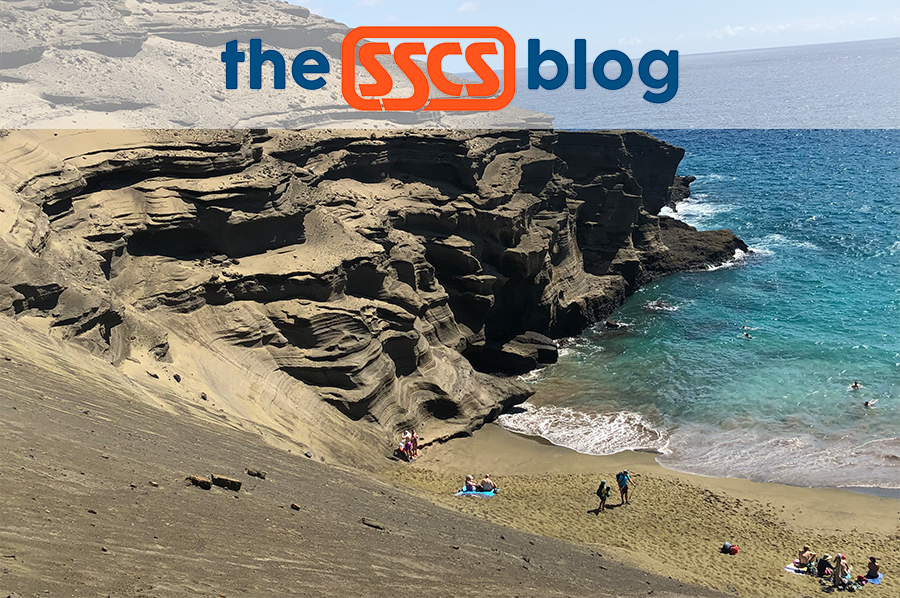
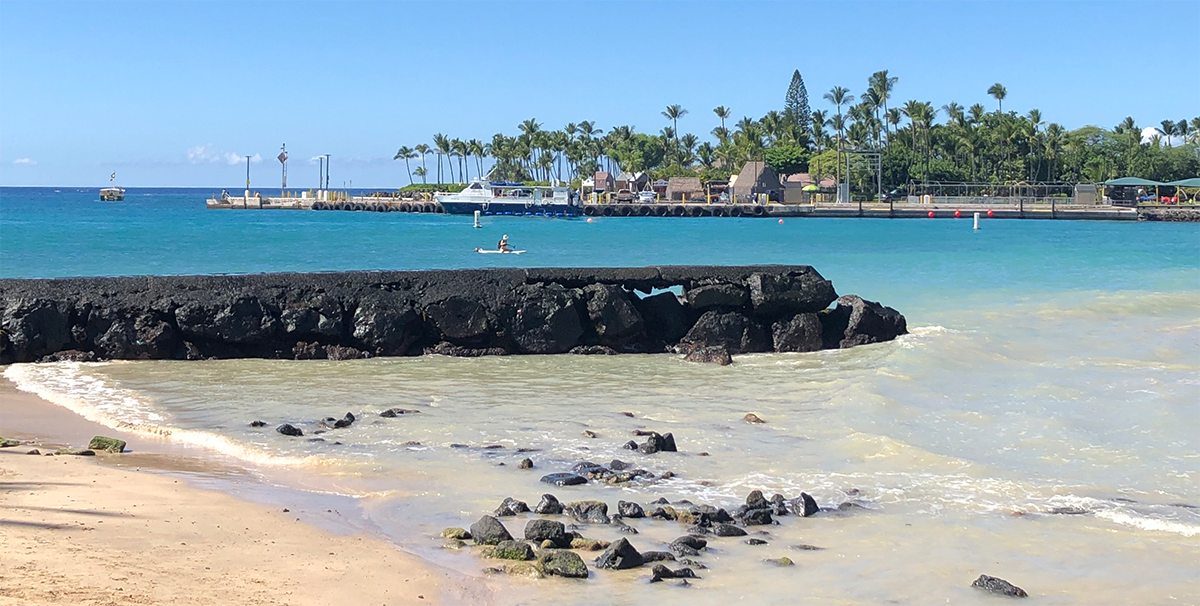
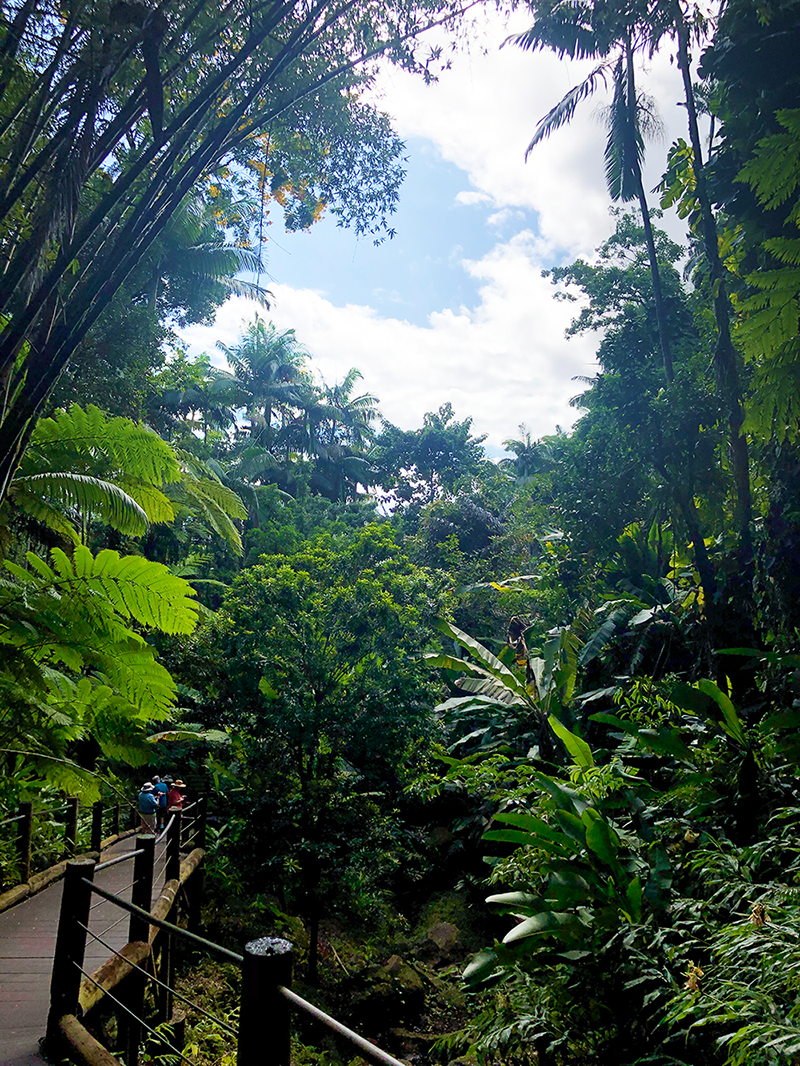
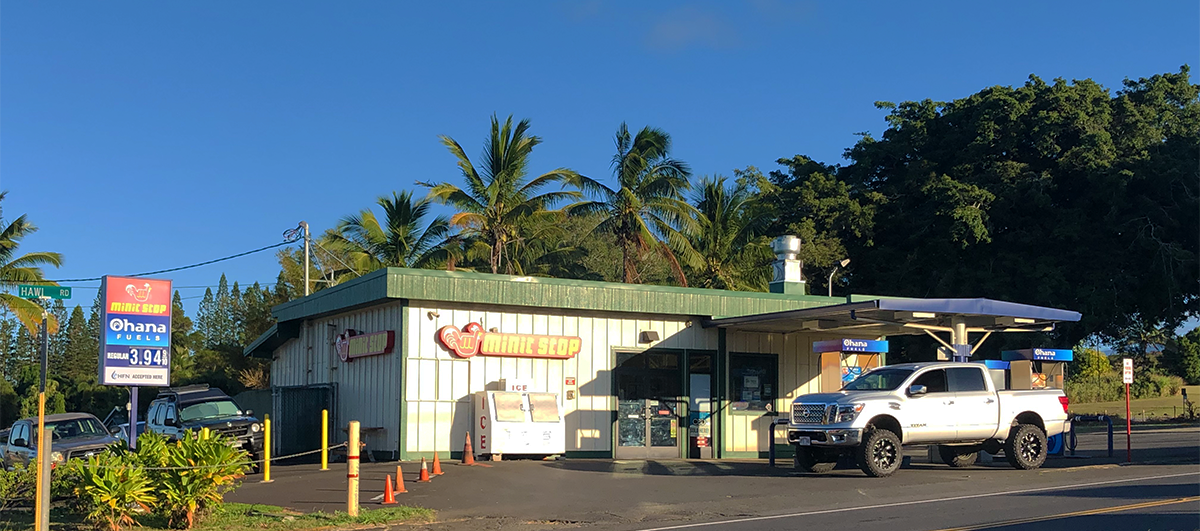




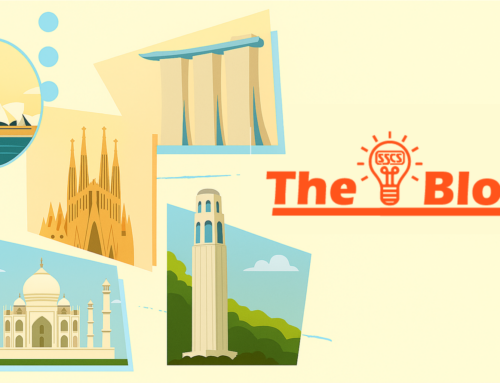


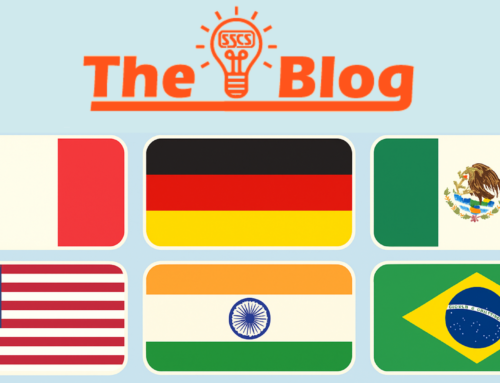
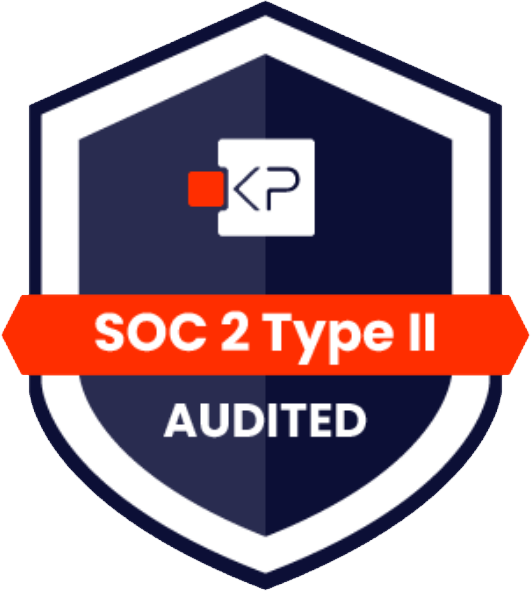
Leave A Comment